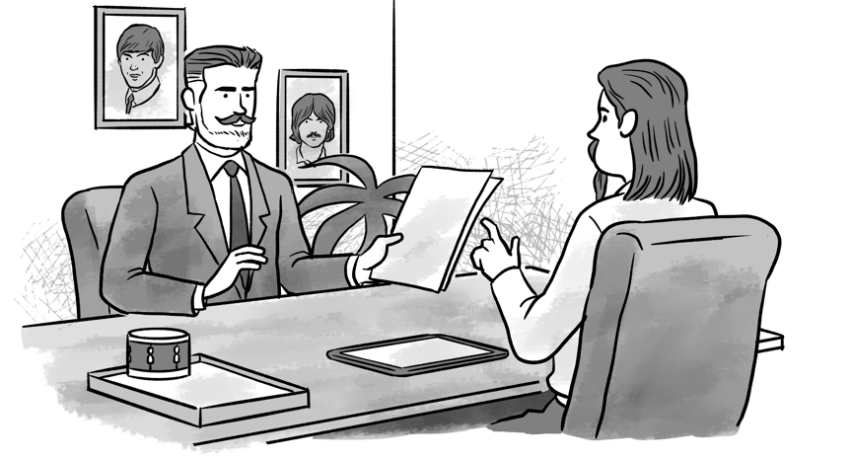In the last couple of weeks, I had some long phone conversations with a few of my old buddies. I had not spoken to them in several months. The COVID situation was helping to connect with many through video calls rather than just messages on social media. One of them works for a large engineering services organization. Two others are in R&D organizations. One thing that struck me was everybody was referring to one project or the other they were working on (in their workplace of course). So you might ask “so what is the issue?”
Project approach is most common
Within most IT and R&D organization, people are used to being “assigned” to projects. Once they finish one a project, they move on to another. An engineer typically fills up a resume with major projects completed and contributions made. Strong project management practices have evolved to closely monitor individual tasks and resources (engineers and other materials). Project managers manage risks that could impact project completion and thereby its objectives. Funding is done for projects based on resources (both people and material). But, projects by definition are temporary in nature and this can drive thinking and decision making. Once Projects get closed most of the learnings too get wrapped up. So is there a better way to organize?
Transition from Project thinking to Product Thinking
As part of Lean-Agile transformation, one of the foundation principles we convey is Product Thinking and Long-term Stable Teams. A department and in turn a larger organization should ideally be an aggregation of carefully designed teams each with a manageable size of members having requisite skills. Product thinking is about slices of customer value rather than set of project work packages. Product work gets assigned to teams as opposed to an individual getting assigned work. All work is then accomplished collectively by the members as one team. Product by nature lasts longer till it loses its utility value. So long-term stable teams and product thinking will allow members to be invested in their team identity, evolve team norms and practices and become high performing over a period of time. Customer value gets delivered over a longer period of time.
Continuous Improvement
Once there is a long-term mindset, it enables Continuous Improvement, which is the next foundation element of Lean-Agile thinking. The teams will be able to develop a systematic understanding of the current state of performance indicators. They get time to carefully think of any improvements and can implement the same so that performance remains stable and also can improve. They can set standards and practices to ensure stability. It is difficult to imagine how this can happen in a temporary project setup where the key objective is to finish a project.
Talk to us if you are wondering how Lean-Agile transformation can change Projects based organization?
#ProjectToProduct, #ProductThinking, #OrganizeAroundValue, #ContinuousImprovement, #LongtermStableTeams





